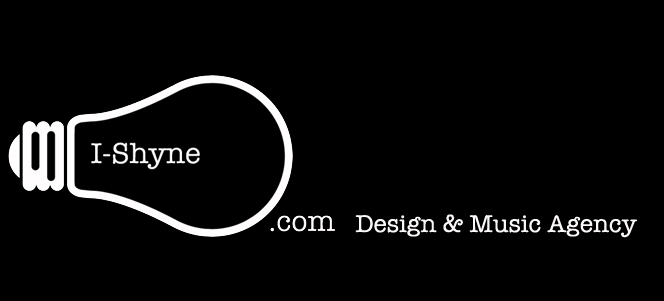
Post Summary
-
Date
16 January 2013, 06.05 PM
-
Posted by
ishyne
-
Posted on
Creative
-
Comments
0
What is typography?
Note that the above applies to people with 20/20 vision at appropriate reading distance and under optimal lighting. The analogy of an opticians chart, testing for visual acuity and independent of meaning, is useful to indicate the scope of the concept of legibility.
In typography … if the columns of a newspaper or magazine or the pages of a book can be read for many minutes at a time without strain or difficulty, then we can say the type has good readability. The term describes the quality of visual comfort – an important requirement in the comprehension of long stretches of text but, paradoxically, not so important in such things as telephone directories or air-line time-tables, where the reader is not reading continuously but searching for a single item of information. The difference in the two aspects of visual effectiveness is illustrated by the familiar argument on the suitability of sans-serif types for text setting. The characters in a particular sans-serif face may be perfectly legible in themselves, but no one would think of setting a popular novel in it because its readability is low.
Legibility ‘refers to perception’ and readability ‘refers to comprehension’.[21] Typographers aim to achieve excellence in both.
“The typeface chosen should be legible. That is, it should be read without effort. Sometimes legibility is simply a matter of type size. More often however, it is a matter of typeface design. In general typefaces that are true to the basic letterforms are more legible than typefaces that have been condensed, expanded, embellished, or abstracted.
“However, even a legible typeface can become unreadable through poor setting and placement, just as a less legible typeface can be made more readable through good design.” Studies of both legibility and readability have examined a wide range of factors including type size and type design. For example, comparing serif vs. sans-serif type, roman type vs. oblique type and italic type, line length, line spacing, color contrast, the design of right-hand edge (for example, justification, straight right hand edge) vs. ranged left, and whether text is hyphenated.
Legibility research has been published since the late nineteenth century. Although there are often commonalities and agreement on many topics, others often create poignant areas of conflict and variation of opinion. For example, no one has provided a conclusive answer as to which font, serifed or sans serif, provides the most legibility according to Alex Poole.
Other topics such as justified vs unjustified type, use of hyphens, and proper fonts for people with reading difficulties such as dyslexia, have continued to be subjects of debate. Websites such as hgredbes.com, ban comic sans, UK National Literacy Trust, and Mark Simsonson Studio have raised debating opinions on the above subjects and many more each presenting a thorough and well-organized position.
Legibility is usually measured through speed of reading, with comprehension scores used to check for effectiveness (that is, not a rushed or careless read). For example, Miles Tinker, who published numerous studies from the 1930s to the 1960s, used a speed of reading test that required participants to spot incongruous words as an effectiveness filter.
The Readability of Print Unit at the Royal College of Art under Professor Herbert Spencer with Brian Coe and Linda Reynolds[24] did important work in this area and was one of the centres that revealed the importance of the saccadic rhythm of eye movement for readability—in particular, the ability to take in (i.e., recognise the meaning of groups of) around three words at once and the physiognomy of the eye, which means the eye tires if the line required more than 3 or 4 of these saccadic jumps. More than this is found to introduce strain and errors in reading (e.g. Doubling).
These days, legibility research tends to be limited to critical issues, or the testing of specific design solutions (for example, when new typefaces are developed). Examples of critical issues include typefaces (also called fonts) for people with visual impairment, and typefaces for highway signs, or for other conditions where legibility may make a key difference.
Much of the legibility research literature is somewhat atheoretical—various factors were tested individually or in combination (inevitably so, as the different factors are interdependent), but many tests were carried out in the absence of a model of reading or visual perception. Some typographers believe that the overall word shape (Bouma) is very important in readability, and that the theory of parallel letterwise recognition is either wrong, less important, or not the entire picture.
Studies distinguishing between Bouma recognition and parallel letterwise recognition with regard to how people actually recognize words when they read, have favored parallel letterwise recognition, which is widely accepted by cognitive psychologists.[citation needed]
